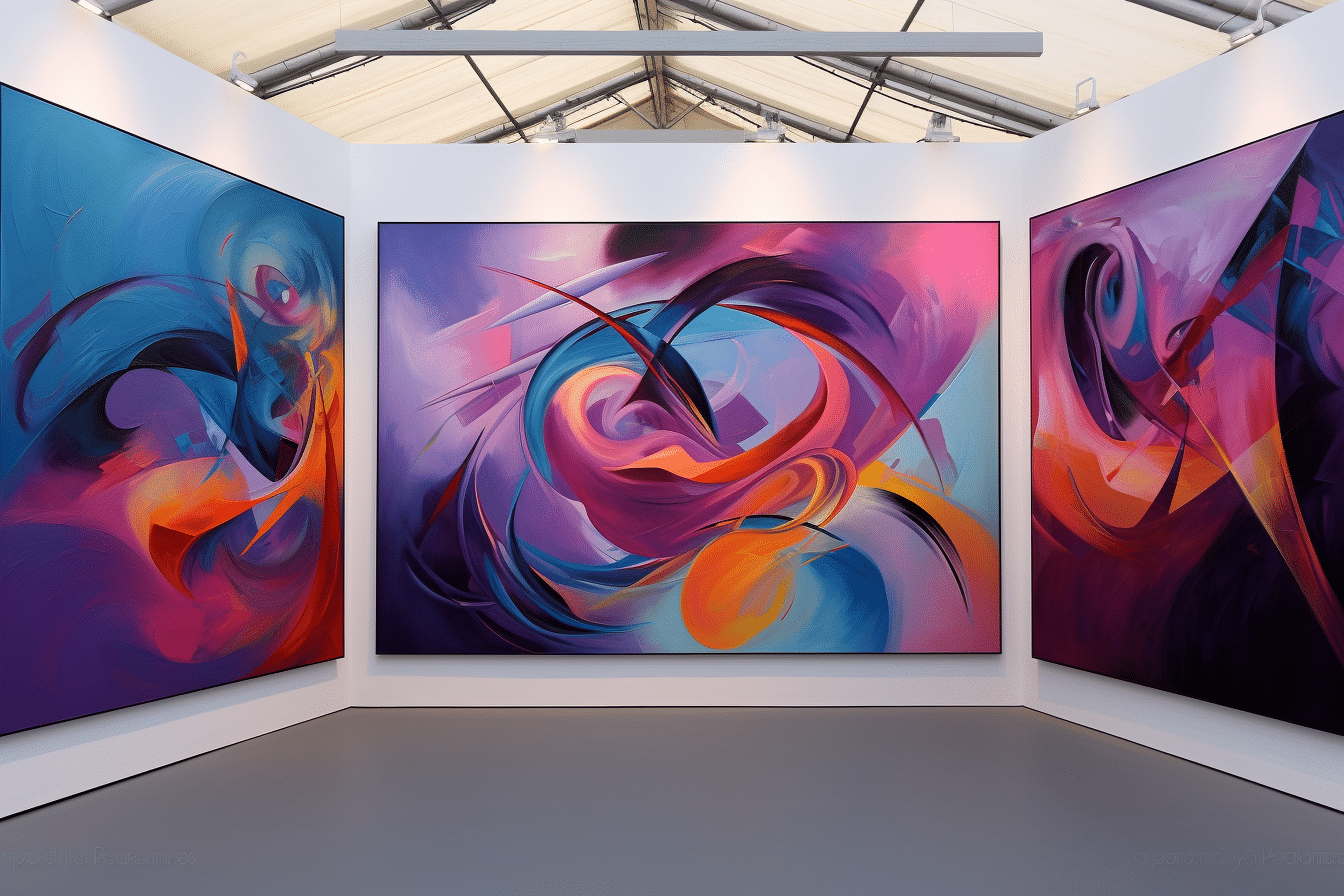
The art world has a peculiar habit of blending the mundane with the magnificent, challenging our perceptions and eliciting strong emotional reactions. At this year’s 20th annual installment of Frieze, London’s renowned art fair, artists pushed boundaries, showcasing some of the most curious, satirical, and provocative installations. While some critics argue about the current direction of modern art, the question remains: can contemporary art continue to surprise and engage us in this increasingly commercial age?
Regent’s Park hosted this illustrious event, drawing a diverse crowd of international art collectors, industry enthusiasts, and the city’s chic inhabitants. Despite the mixed crowd, with some attendees more interested in attractions like the 3D facial scans than the art itself, the installations on display never ceased to astound. “A graveyard of creativity for tasteless one-percenters,” a critic labelled Frieze, shedding light on the ever-present debate surrounding modern art’s significance and relevance.
Among the installations that turned heads:
– London artist Adam Farah-Saad’s whimsical take on a children’s water fountain, which pours grape soda and pays homage to the fluidity of adolescent memories.
– Débora Delmar’s historical and imposing inflatable turret, “Caballero Alto,” echoes the tragic past of Chapultepec Castle in Mexico.
– The multi-layered cat cage installation by Thai artist Wantanee Siripattananuntakul critiqued the TV industry’s influence on society.
– The eerie charm bracelet of Gillian Wearing is reminiscent of a New York-based jewelry designer’s works.
– Shilpa Gupta’s thought-provoking installation highlights the subjectivity of political borders.
During record-breaking art auctions and the commercialization of art collections, it’s heartening to see artists continuing to challenge conventions, provoke thought, and capture the imagination of onlookers. As Frieze London draws to a close for another year, we’re left with lingering questions about the future of modern art, its significance, and its capacity to surprise.
